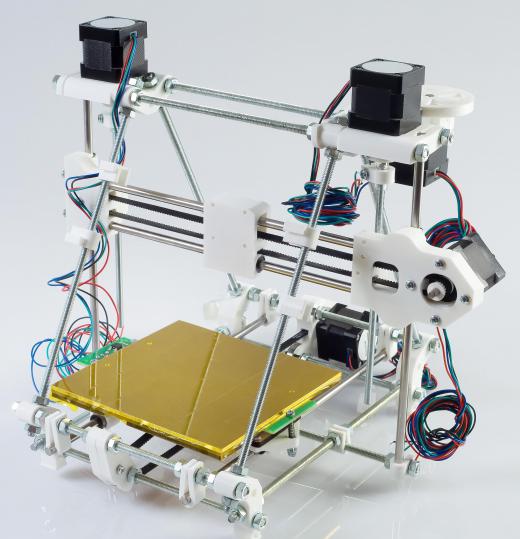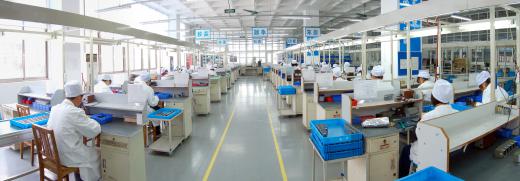A manufacturing system is an approach to making products that is based upon several factors. These include how much of the product is needed, how quickly the product must be produced and how unique the product must be to ensure sufficient sales. Manufacturing systems include custom, assembly, flexible, intermittent, reconfigurable, just-in-time and lean manufacturing systems.
Custom manufacturing is the original form of production. It is the making of unique items, one at a time, by employing the skills of a single craftsman. Craftsmen might work alongside one another, but they do not work together as a team, because one person completes the manufacture of an individual item.

This is in contrast with an assembly manufacturing system, in which each worker contributes one or more actions that are required in the manufacturing process. This action might be repeated every few seconds or for longer intervals, depending on the complexity of the task. This also is referred to as a mass-production manufacturing system, and it typically values speed and uniformity. The drawbacks to mass-production manufacturing systems are the difficulty of assuring the correct supply of products in real time and being unable to provide customized product offerings.

Flexible manufacturing proposes a solution to producing too much or too little of the product. This method also enables a manufacturer to respond to consumer demand for customized products. It is more expensive to tool a flexible manufacturing system.
Intermittent manufacturing, in which the same item is made repeatedly, might employ a reconfigurable manufacturing system. This is so that different items can be mass-produced one type of item at a time. There is a trade-off with flexible manufacturing systems. The redundancy of functions in tooling systems adds costs in exchange for flexibility, so the initial capital outlay might be higher.

The goal of just-in-time production is to eliminate inventory. Carrying more inventory than is needed adds to overhead costs. For example, producing too many of a particular model of automobile results in unsold vehicles depreciating on the car seller’s lot. The storage of unsold items also can be costly in terms of space and money. Conversely, running out of inventory adversely affects sales because customers will go to a competitor if a particular item is not available when the customer is ready to buy.

Lean manufacturing is often employed in tandem with just-in-time production methods. Although it is a manufacturing system, lean manufacturing is actually a strategy that focuses on eliminating unnecessary or wasteful elements of the manufacturing process and achieving maximum efficiency. This strategy can be used in tandem with other manufacturing systems to varying degrees, depending upon the system.
